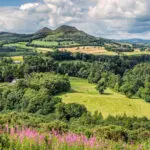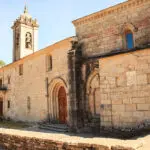The Camino de Santiago can be as physically demanding as it is emotionally and spiritually rewarding. This blog delves into the physical intensity of the journey, guiding potential pilgrims through the various facets that contribute to its strenuous nature. By knowing what to expect from the pilgrimage route, you can better prepare!
We hope this blog inspires you to move forward with your Camino adventure. Be sure to check out our Camino Walking Tours before you leave.
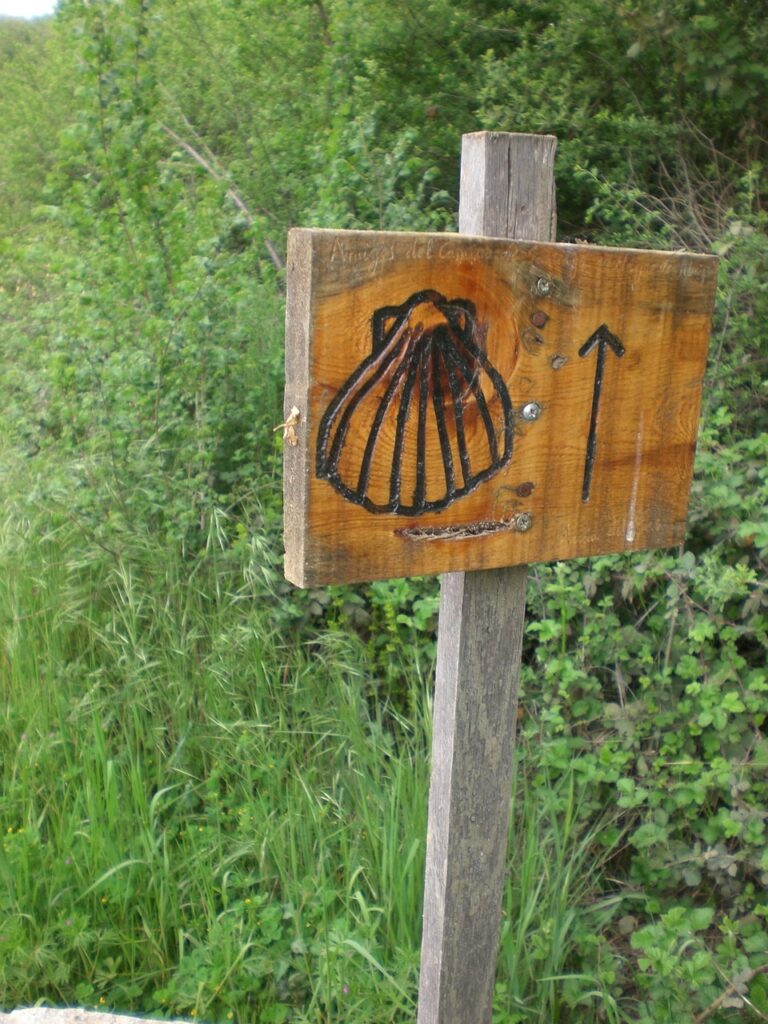
The Routes of El Camino de Santiago
As you probably are aware, the Camino de Santiago isn’t a single pathway but a meandering network of routes, each with its own unique challenges. The French Way, known for its social atmosphere, traverses diverse terrains from the Pyrenees to the rolling plains of Castilla and León.
The Northern Way, meanwhile, offers coastal vistas but demands navigation of rugged landscapes. The Portuguese Way is a gentler alternative, but still presents lengthy stretches that test a pilgrim’s endurance. Your experience on the Camino will largely depend on the path you choose. The good news is, most pilgrims tend to find the way that is just right for them.
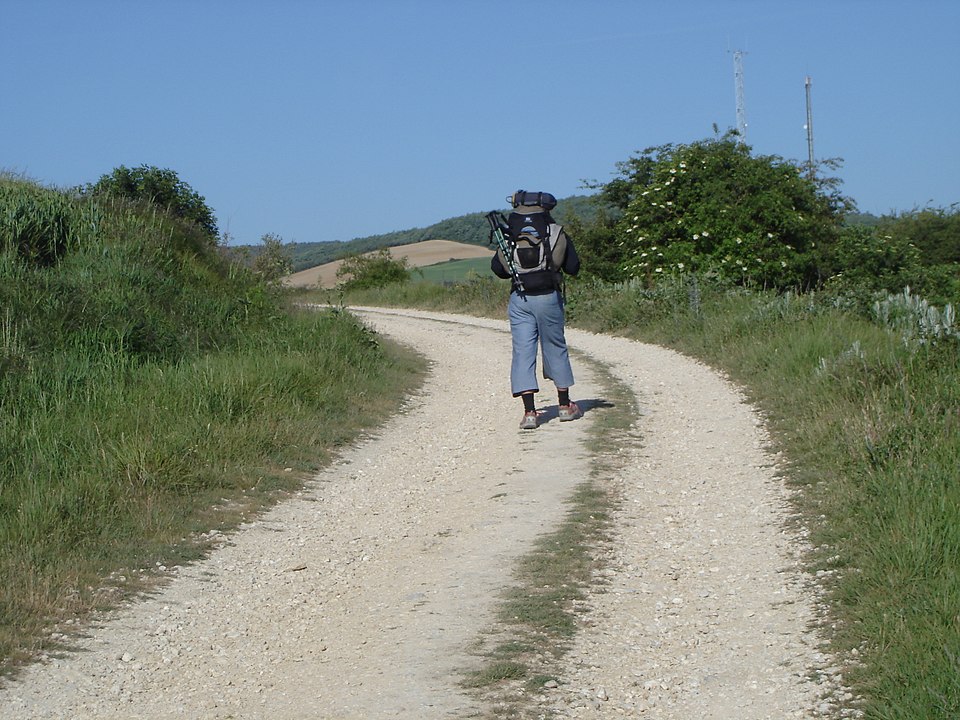
Understanding the Physical Demands
A typical day on the Camino involves walking 20 to 25 kilometers, though it’s not just the distance but the terrain that shapes the journey’s obstacles. Pilgrims will journey through changing landscapes, from steep ascents in the Pyrenees to the more forgiving flatlands of the Meseta.
Weather adds another layer of complexity, with summer heat intensifying the challenge, while rain can turn paths into taxing, muddy trials and make for a general, all-round uncomfortable trek. Embarking on the Camino demands not only physical stamina but also the resilience to adapt to these evolving conditions. Ensure you do as much research as possible and pick the route and season that seems best to you.
Assessing Your Fitness Level
A successful pilgrimage hinges on an honest assessment of your fitness level. While the Camino is accessible to many, it’s prudent to engage in preparatory activities that align with the trek’s demands. Incorporating regular walks, progressively increasing in distance, can acclimatize your body to long durations of walking.
Strength training, particularly for the legs and core, can fortify your body against the common injuries that come with endurance trekking. For beginners, starting small and gradually extending the intensity of workouts can lay a solid foundation for the physical demands of the Camino.
In the following sections, we will delve into the essential gear, coping strategies for physical challenges, and tips for tailoring the journey to your capabilities, ensuring your pilgrimage is as fulfilling as it should be.
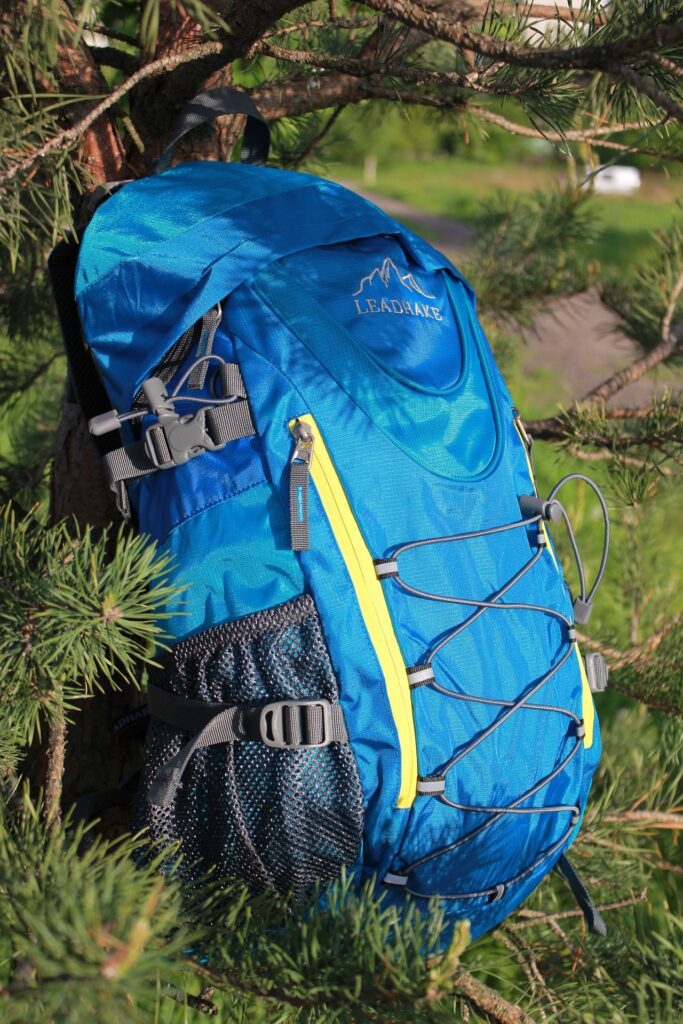
Essential Gear and Packing Tips
The significance of well-chosen gear cannot be overstated on the Camino. The cornerstone of your gear is undoubtedly your footwear; shoes that are supportive, well-fitted, and broken in can make the difference between a journey of discovery and one of discomfort. Your backpack should be lightweight yet spacious enough to carry essentials without burdening you.
On your pilgrimage, opt for quick-dry, breathable clothing to adapt to the variable weather. Remember, the key to a successful pilgrimage is carrying as little as possible to reduce strain and maximize mobility.
Coping with Physical Challenges on the Trail
Even with meticulous preparation, the Camino can present physical hurdles like blisters, muscle soreness, and fatigue. Preventive measures such as wearing moisture-wicking socks, using blister plasters, and carrying a basic first-aid kit are indispensable.
Acknowledging your body’s signals is crucial; rest when needed, stay hydrated, and maintain a nutrient-rich diet to sustain energy levels. Remember, the Camino is not a race, and pacing yourself is integral to enjoying and completing the journey.
The Mental and Emotional Aspect of the Camino
The physicality of the Camino is inextricably linked with mental endurance. Long stretches of walking, while meditative, can also be mentally taxing. Maintaining a positive mindset is as vital as physical preparation.
Embrace the camaraderie on the trail; the shared experiences and encouragement among fellow pilgrims can be a powerful source of motivation. Setting small, achievable goals each day can also keep spirits high, ensuring the pilgrimage remains a rewarding, transformative experience.
Rest and Recovery on Your Pilgrimage
Strategically planned rest days are not a luxury but a necessity on the Camino. Utilize these days to rejuvenate both body and spirit. Accommodations along the trail offer comfort and facilities for recovery. Engage in light stretching, treat yourself to local cuisine, and reflect on the journey thus far. These pauses are not just breaks but integral chapters of your Camino story.
Embarking on the Camino de Santiago is as much about embracing its physicality as it is about experiencing its profound spiritual impact. Prepare, pace, and persevere, and the journey will yield its immense rewards, step by step.
Browse our Camino Tour Experiences before you go. If you have any questions, please get in touch.





